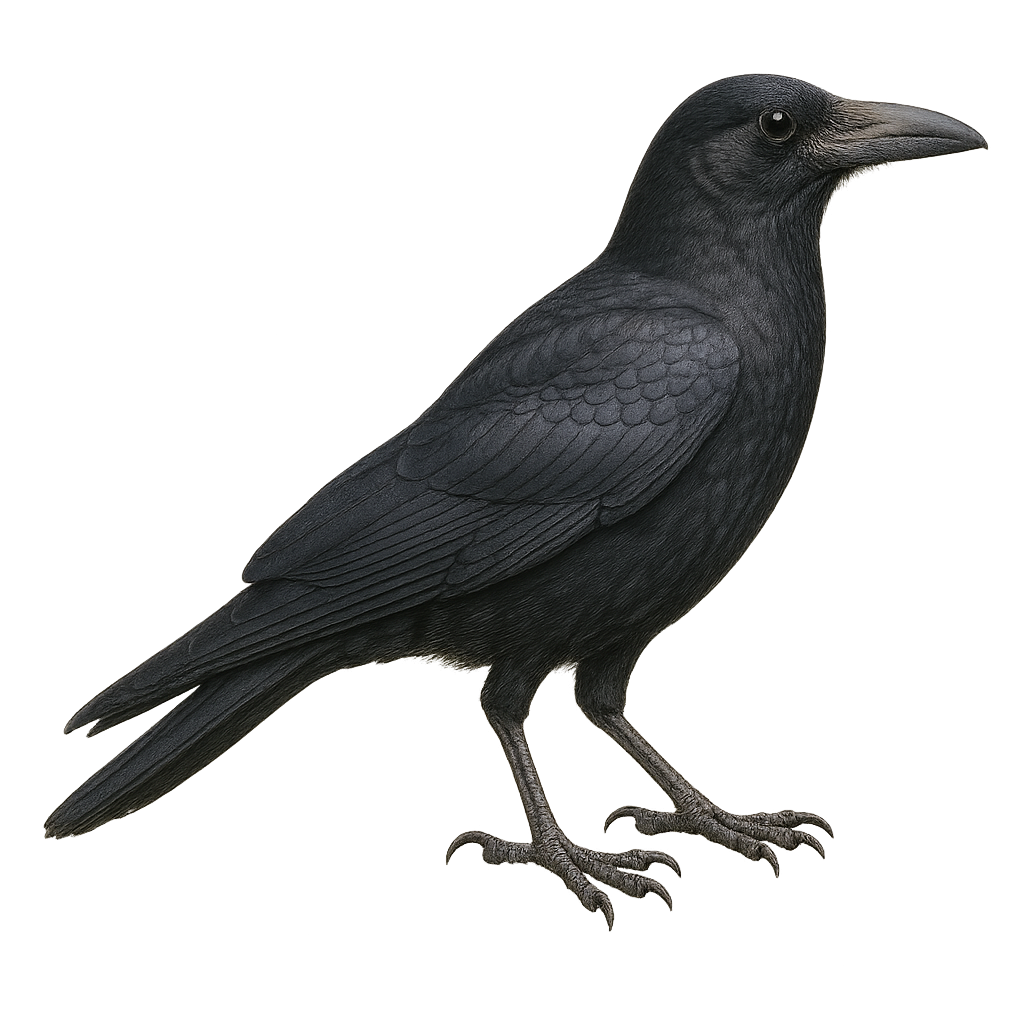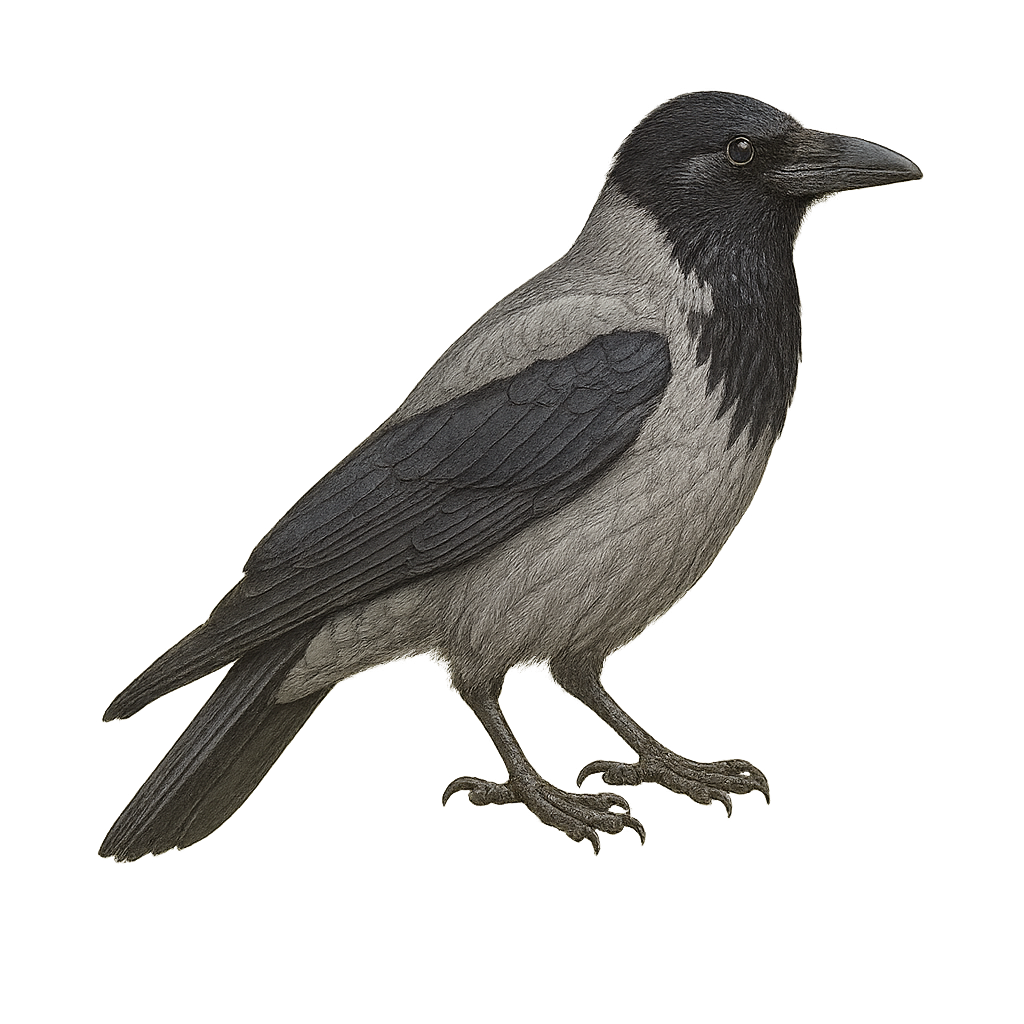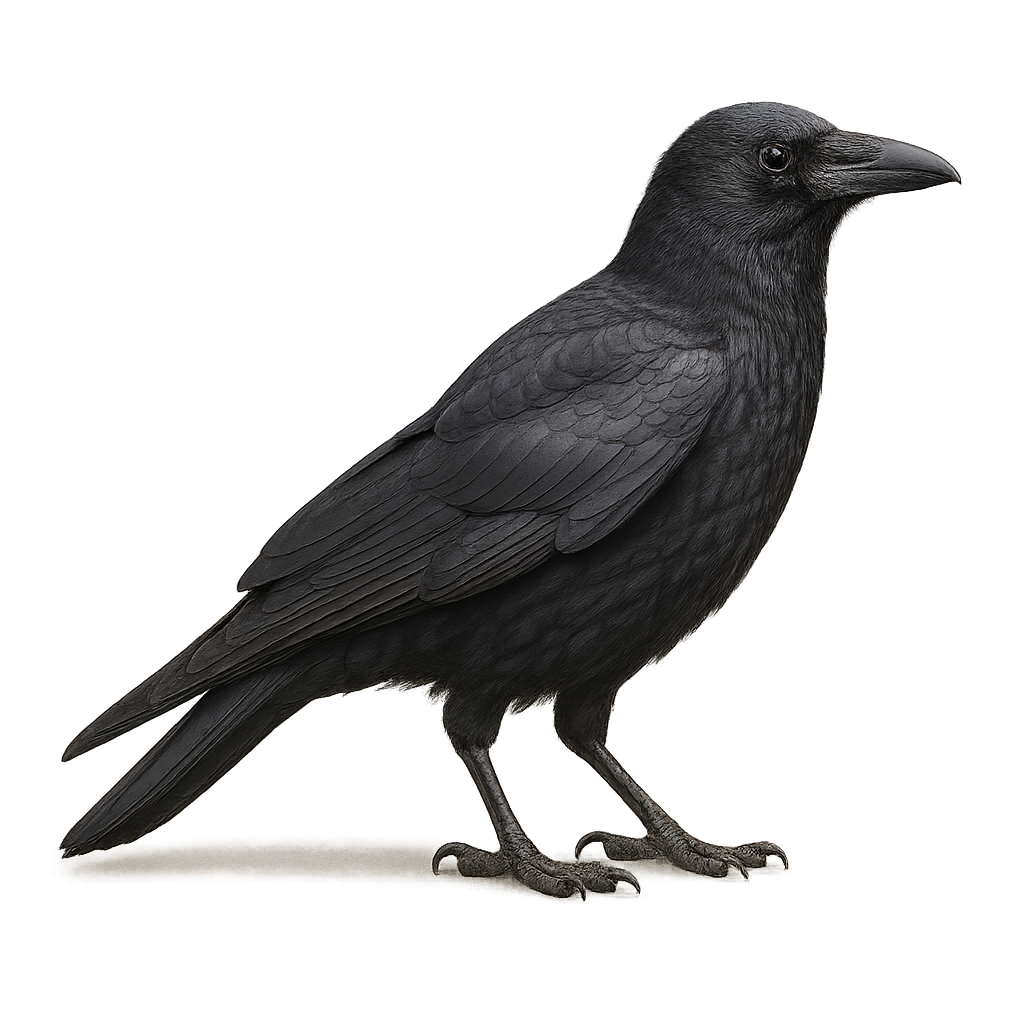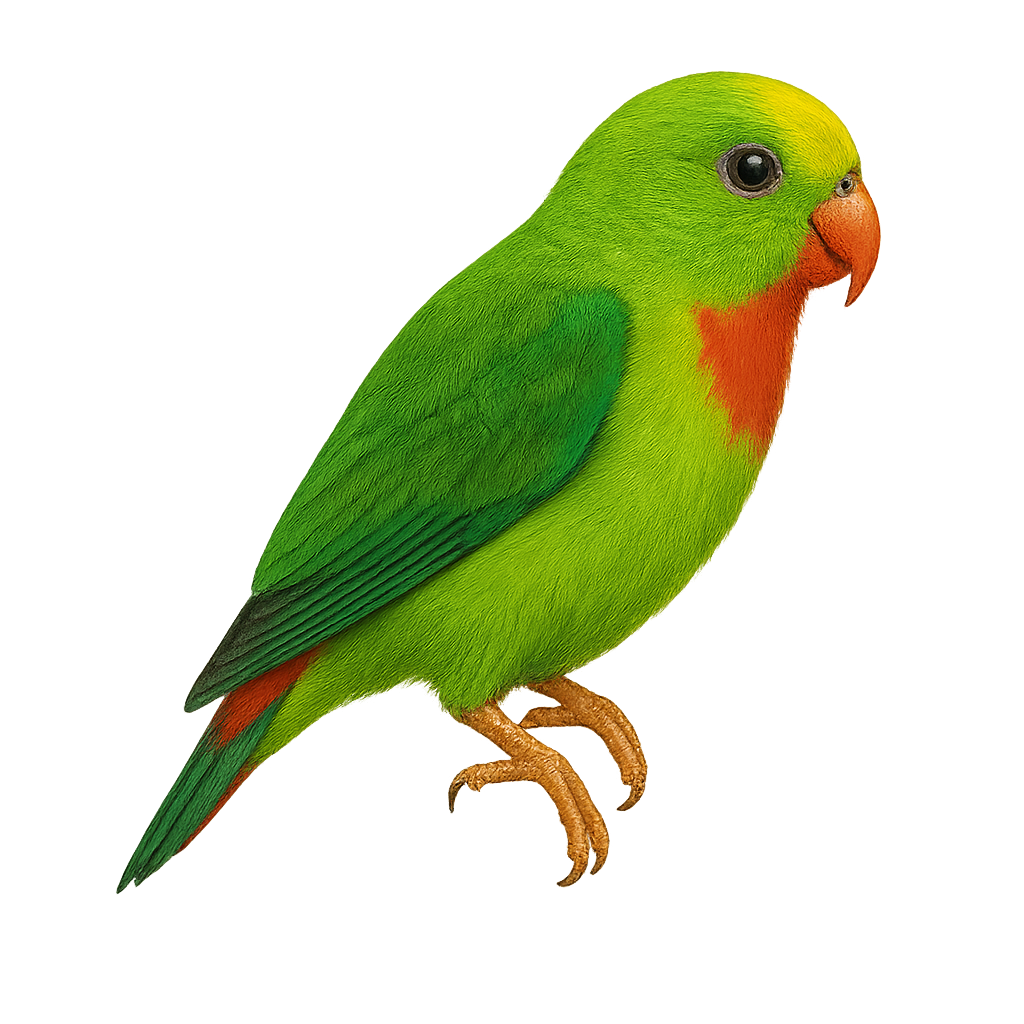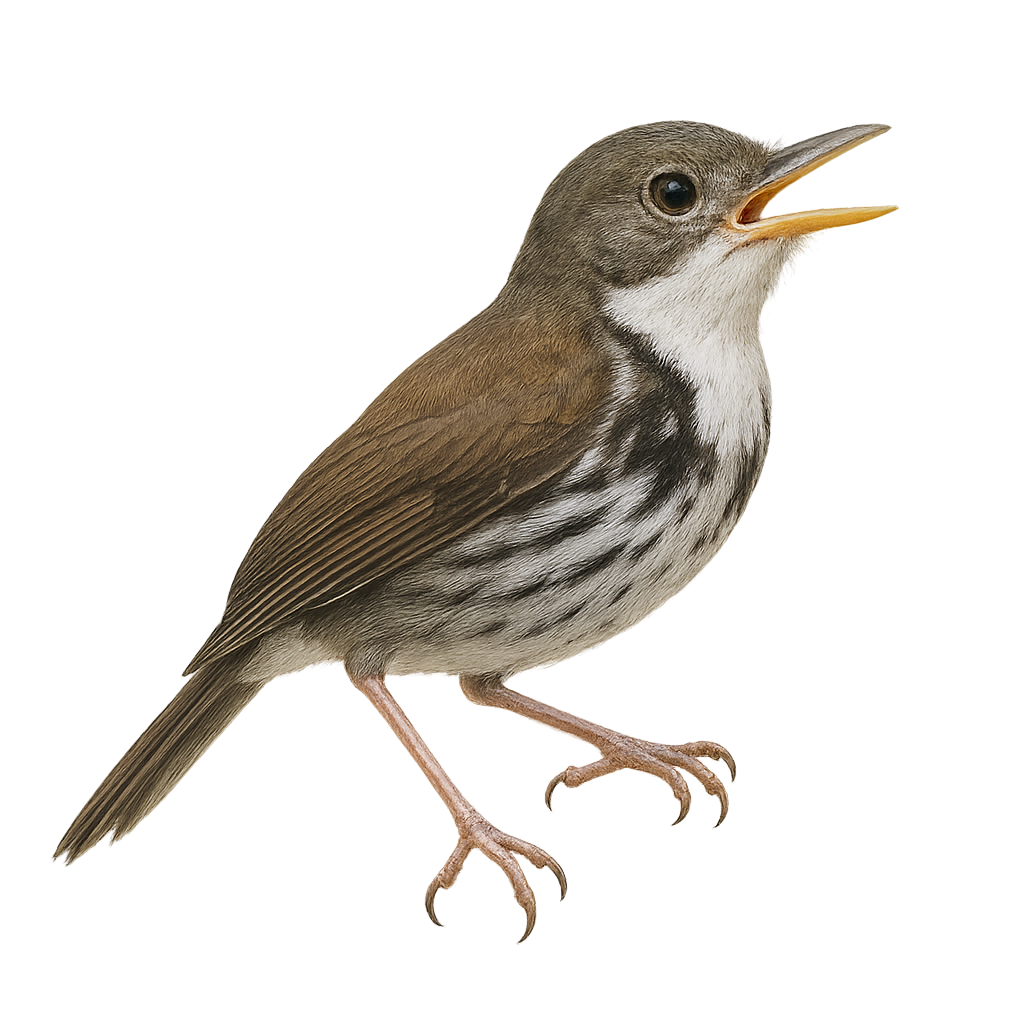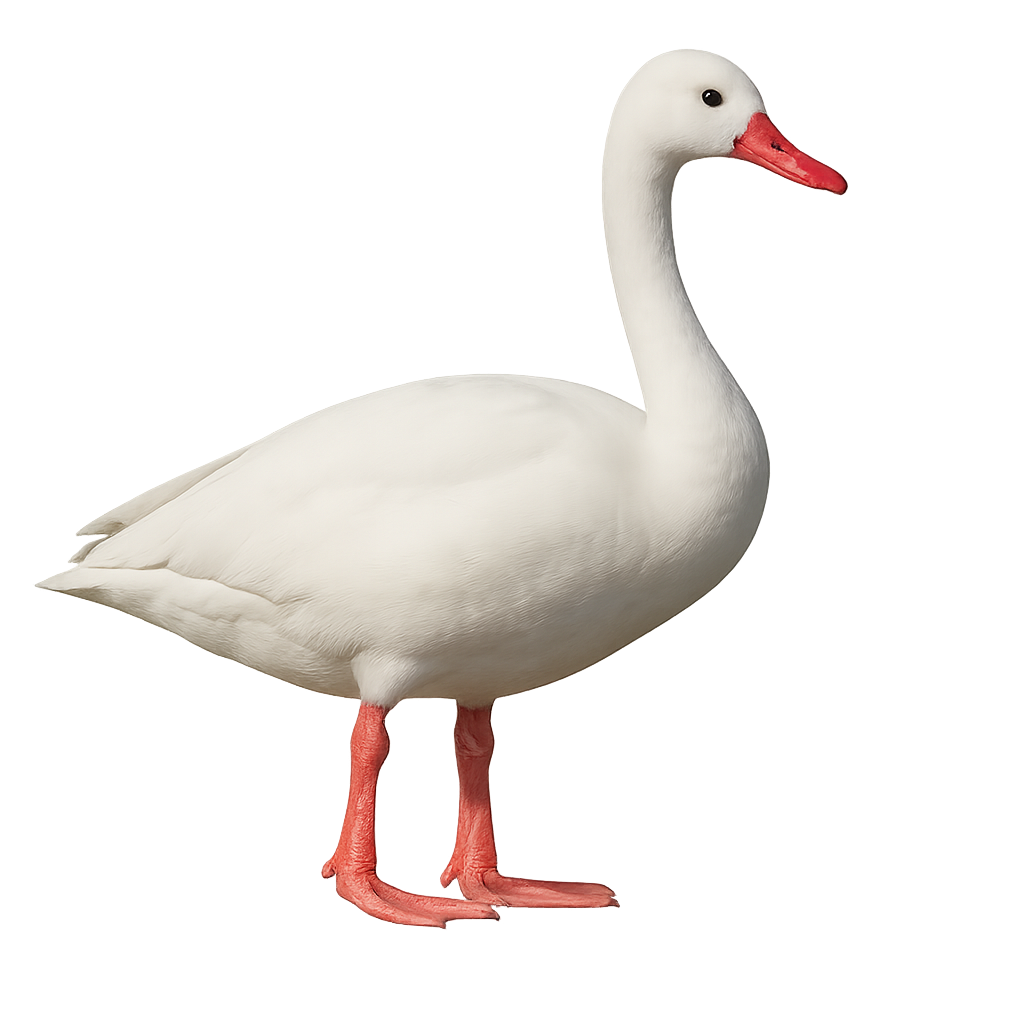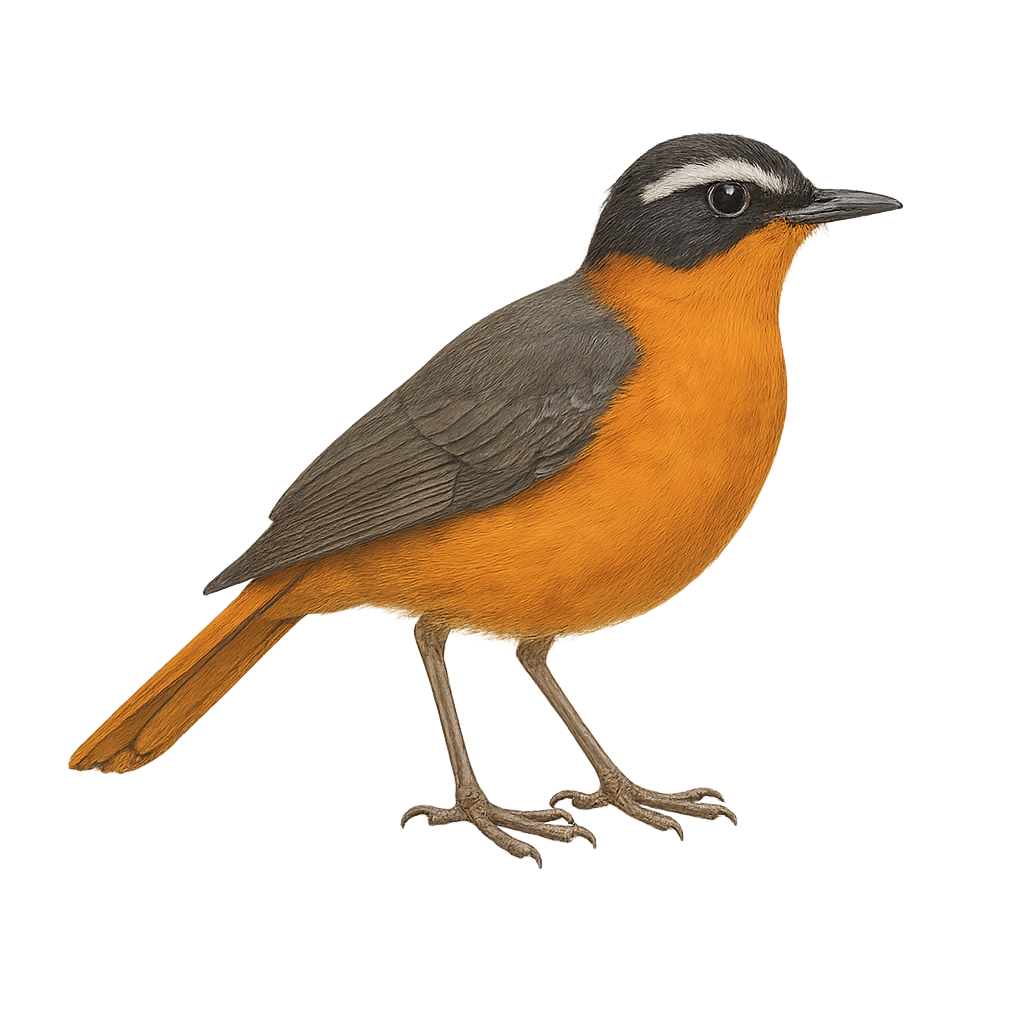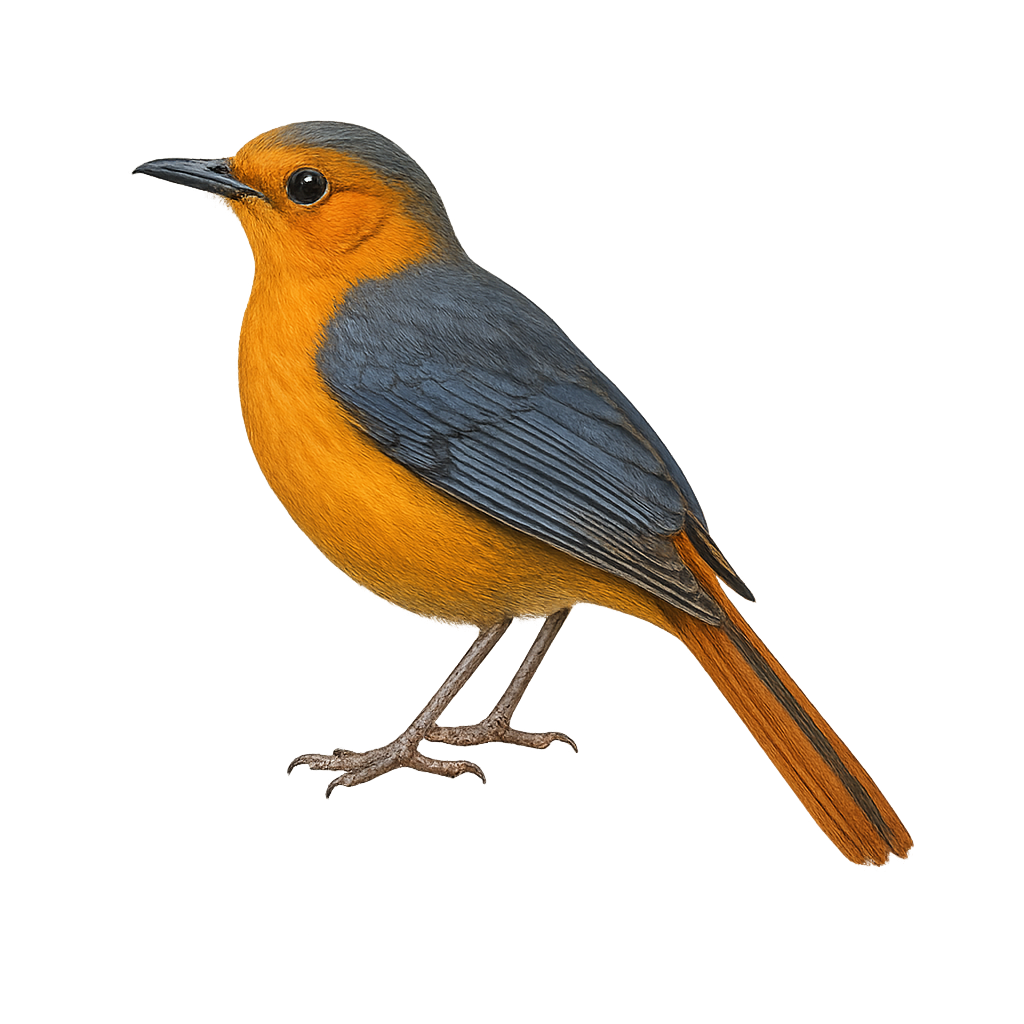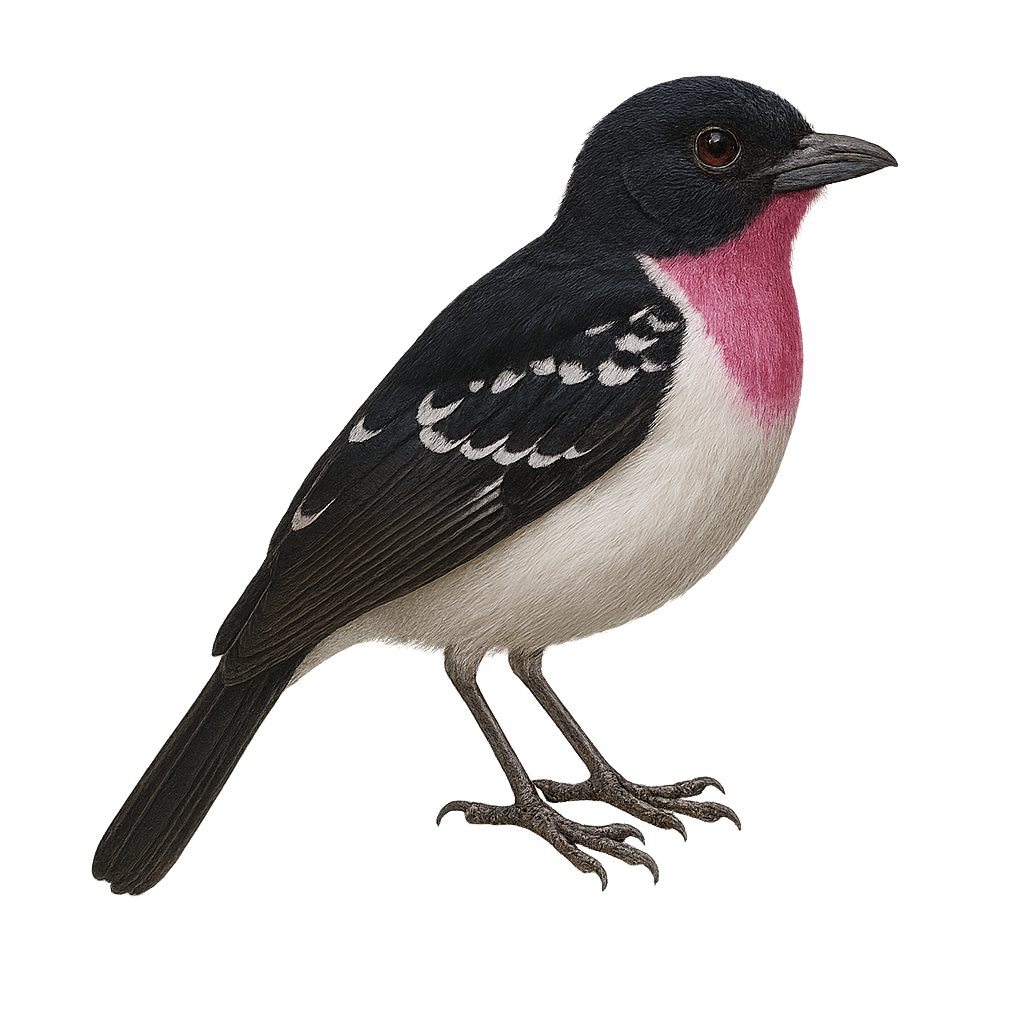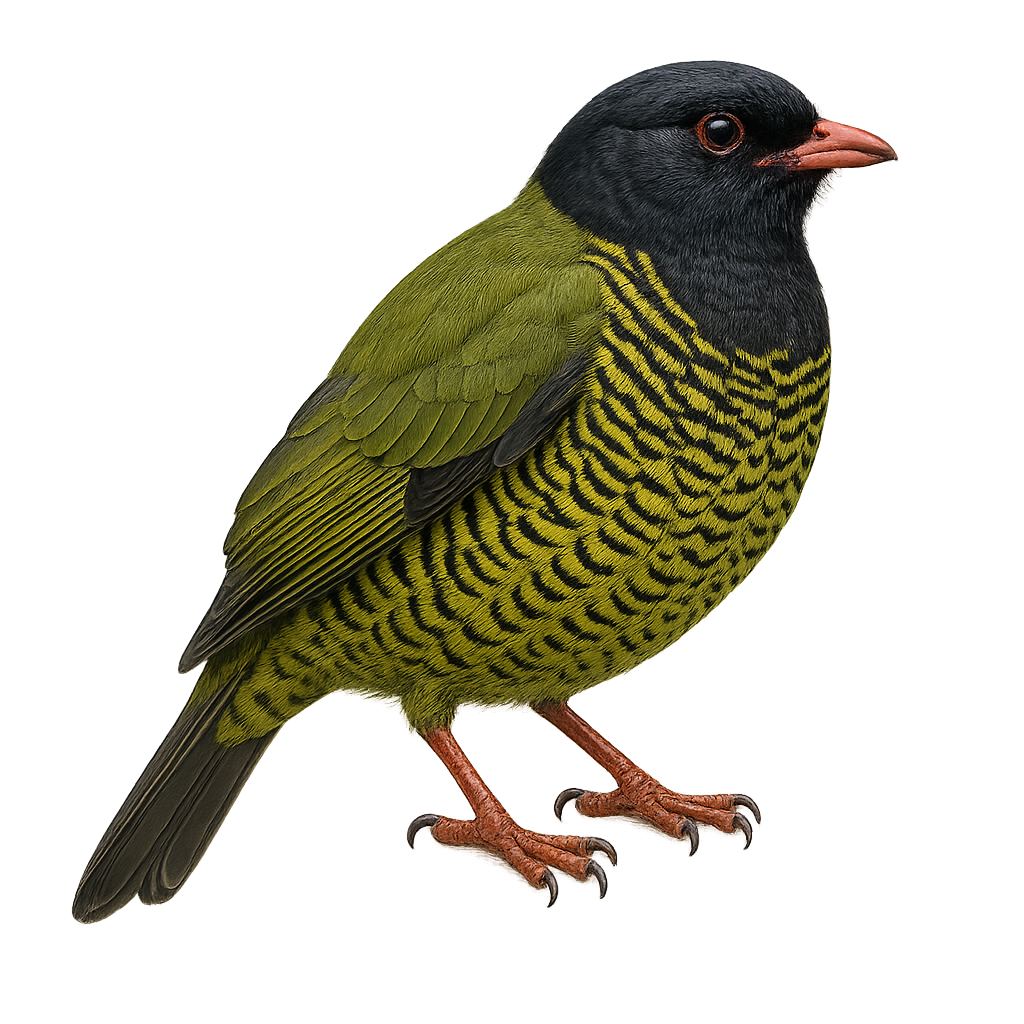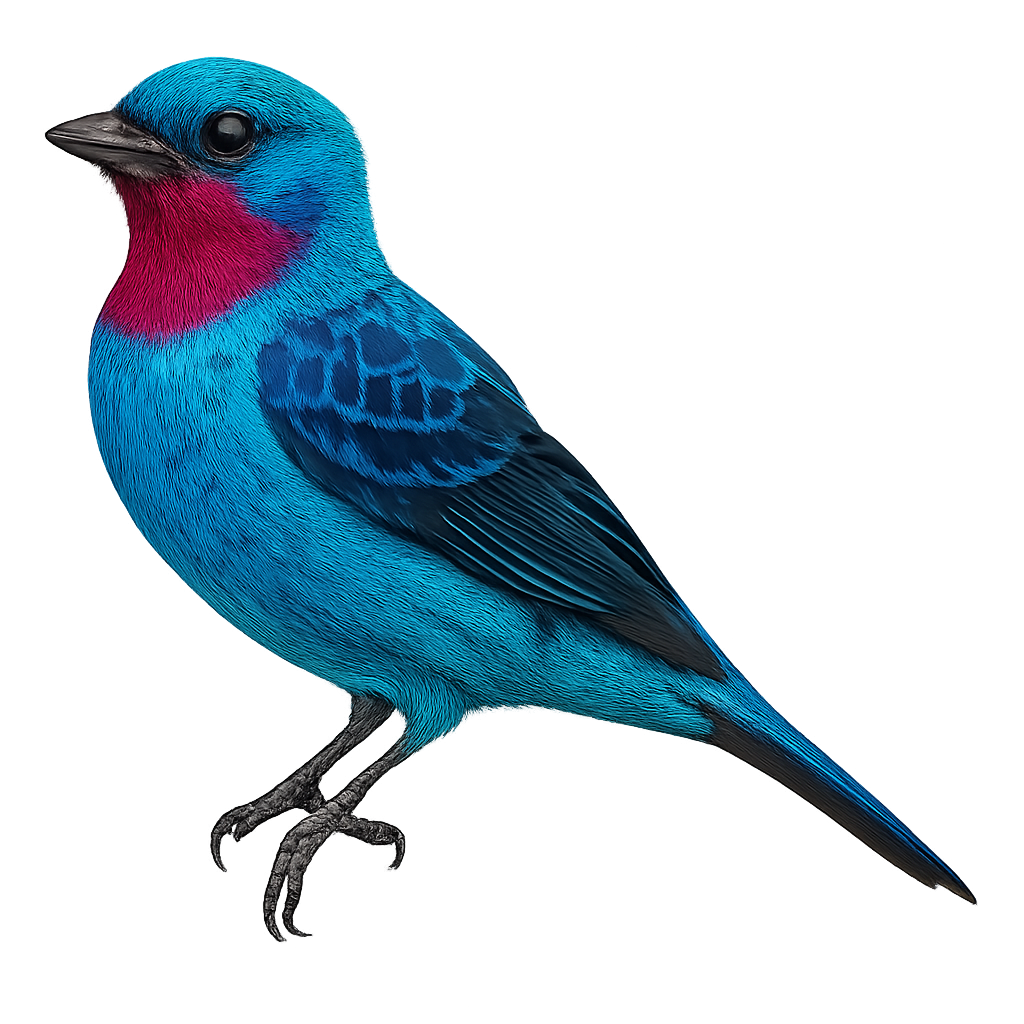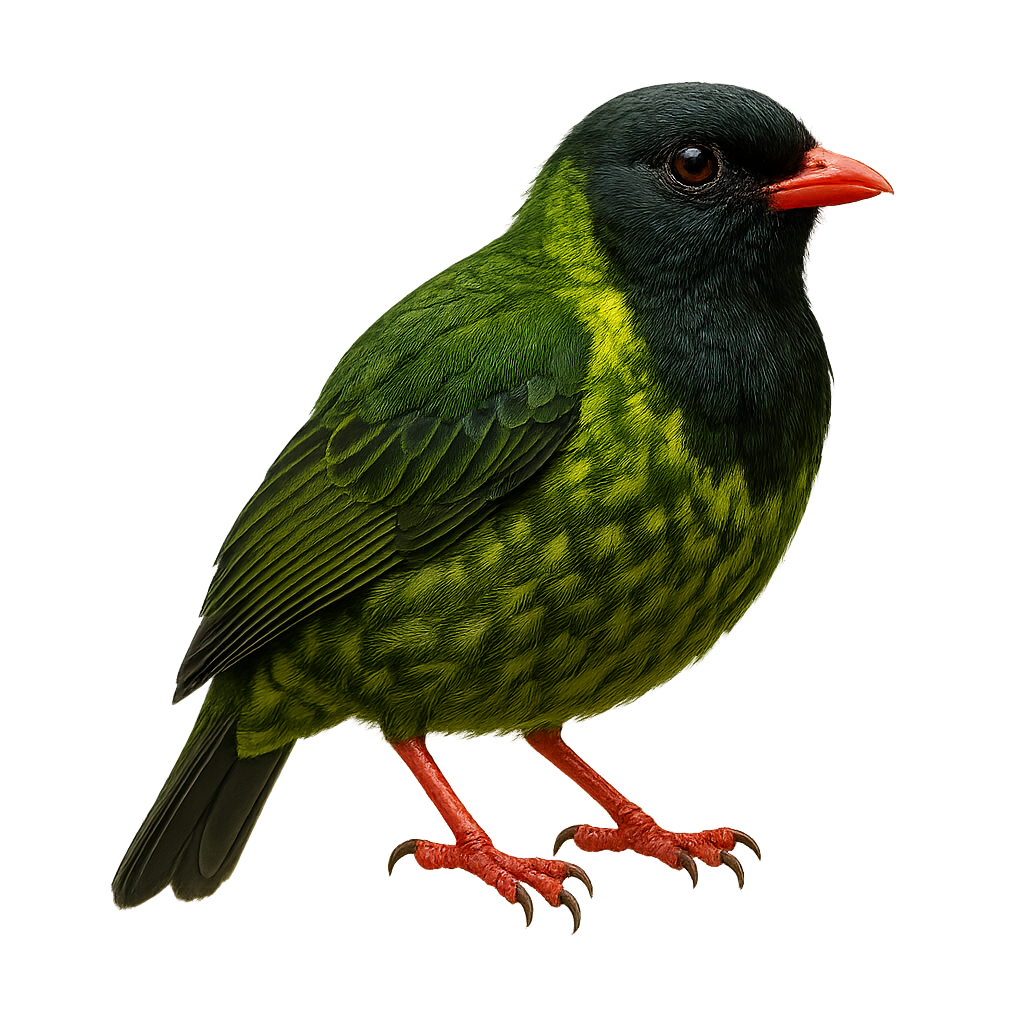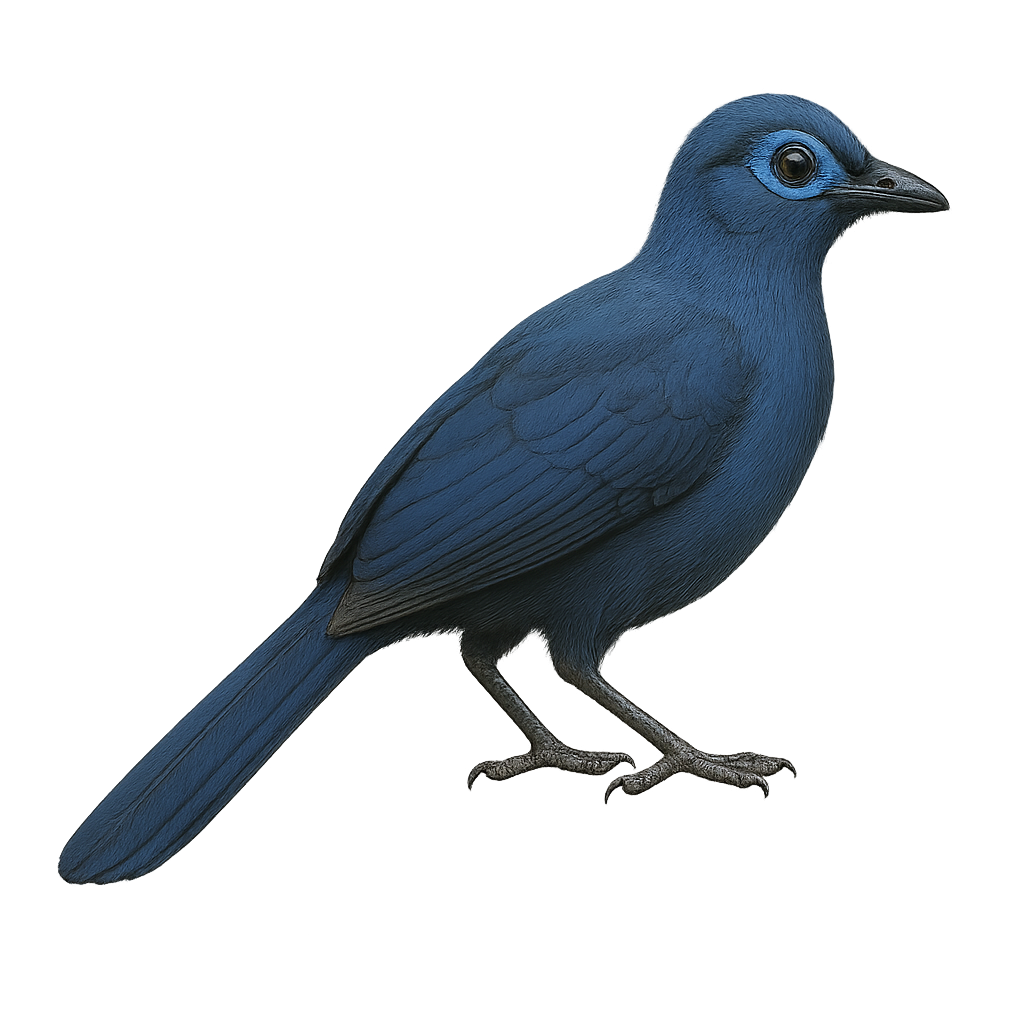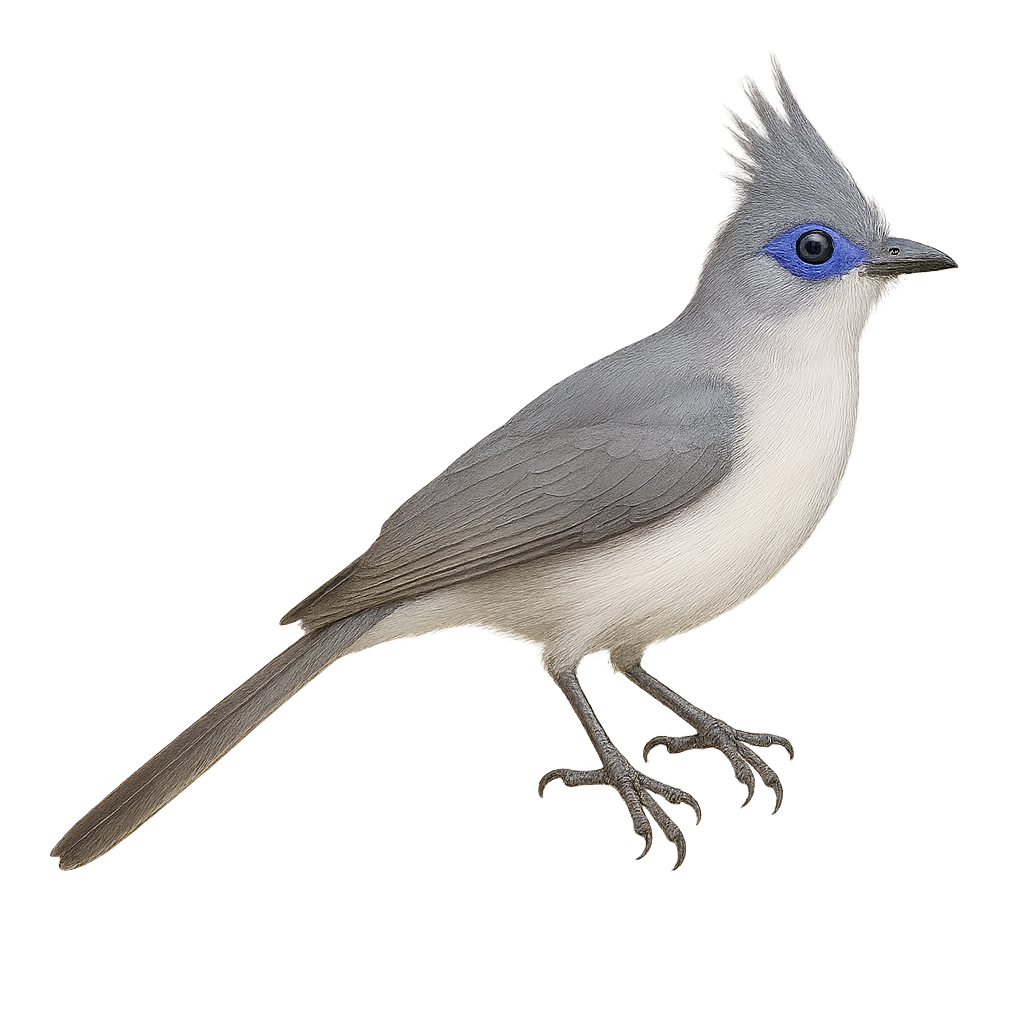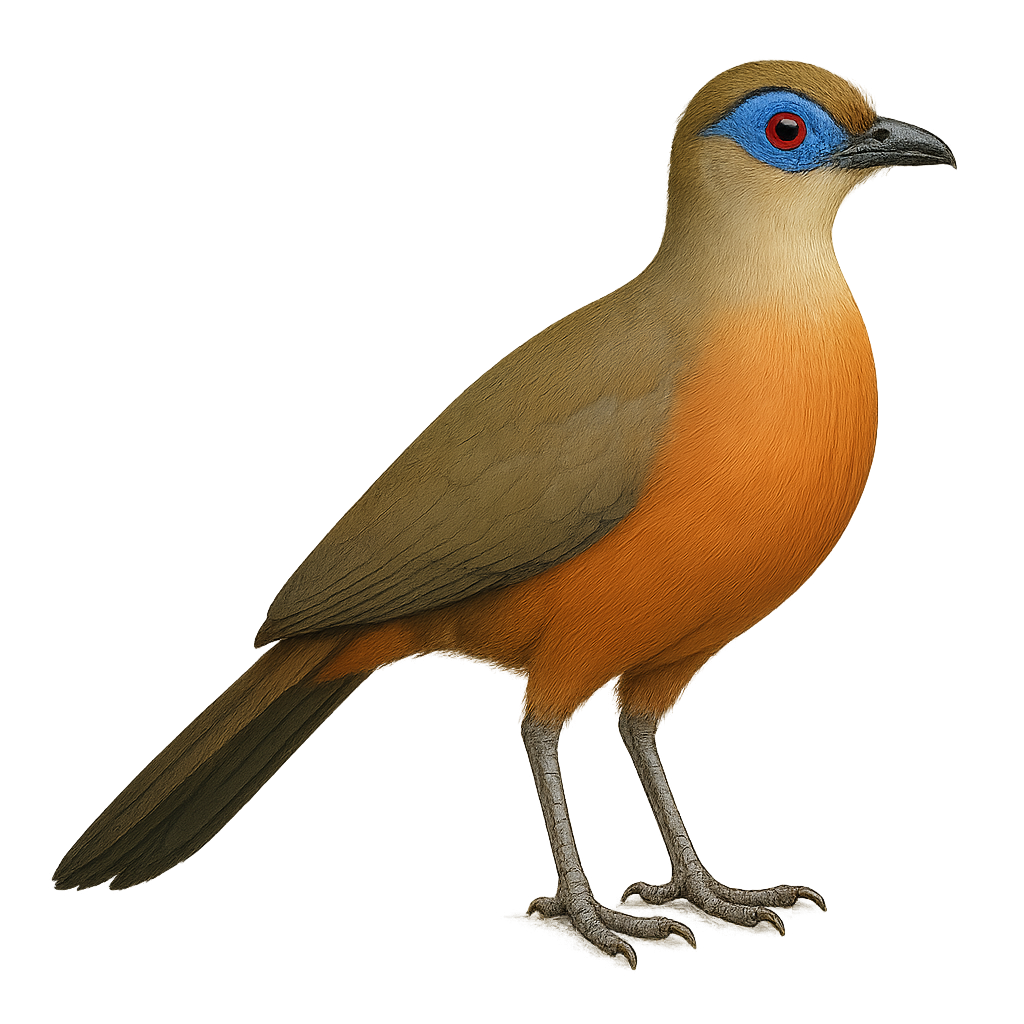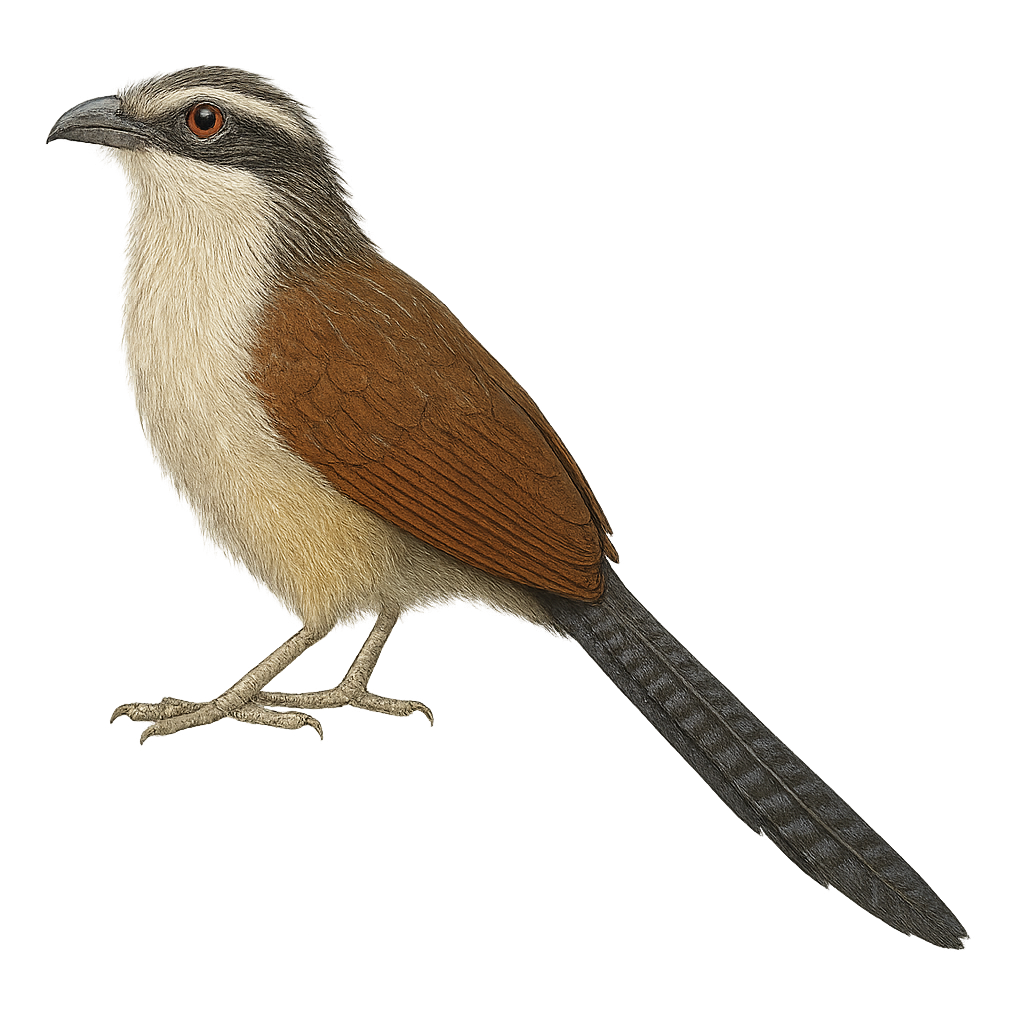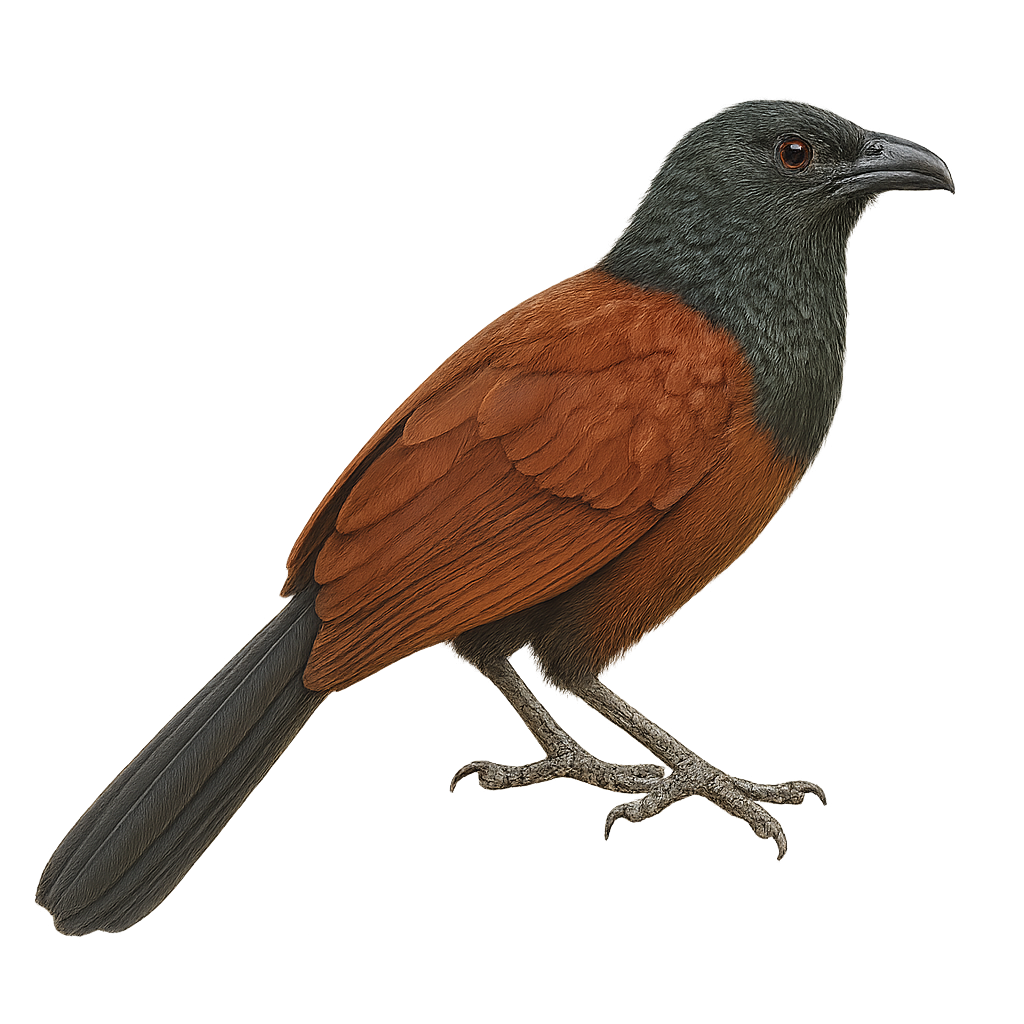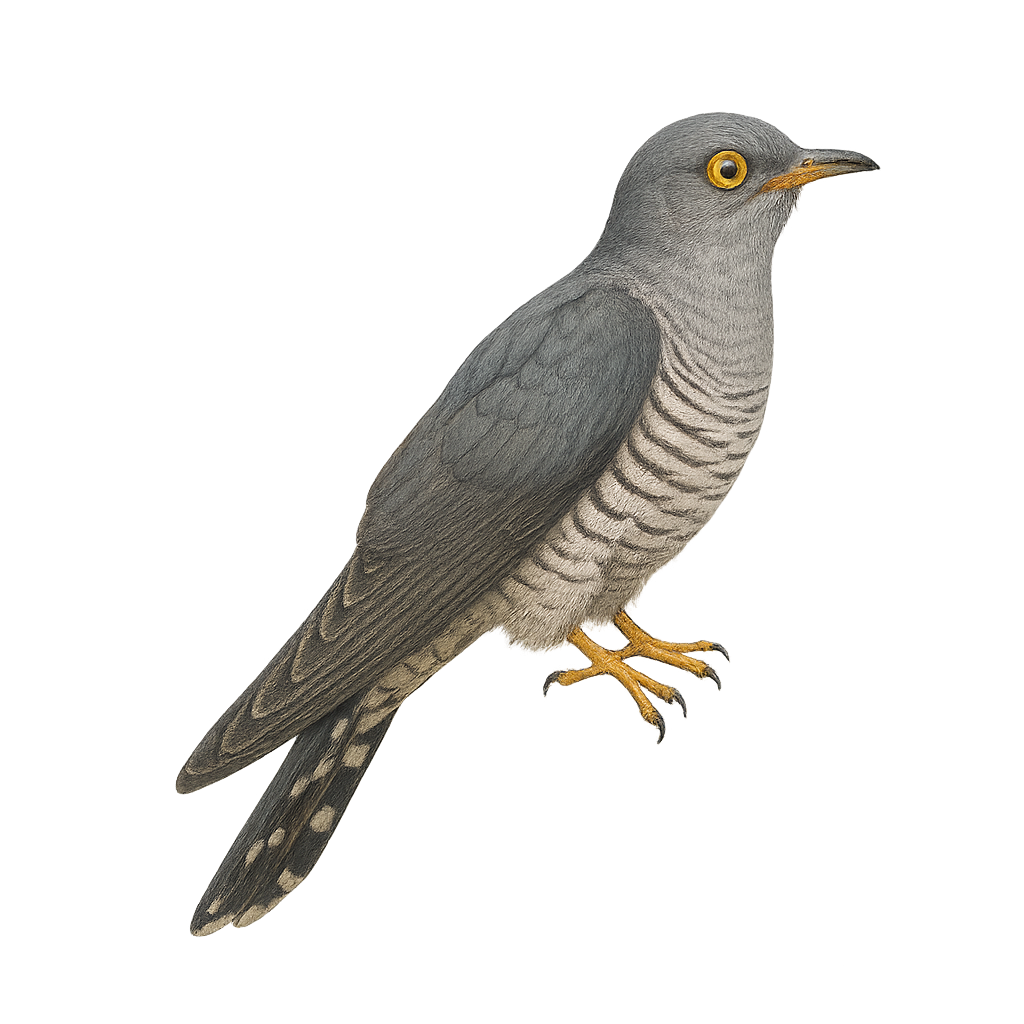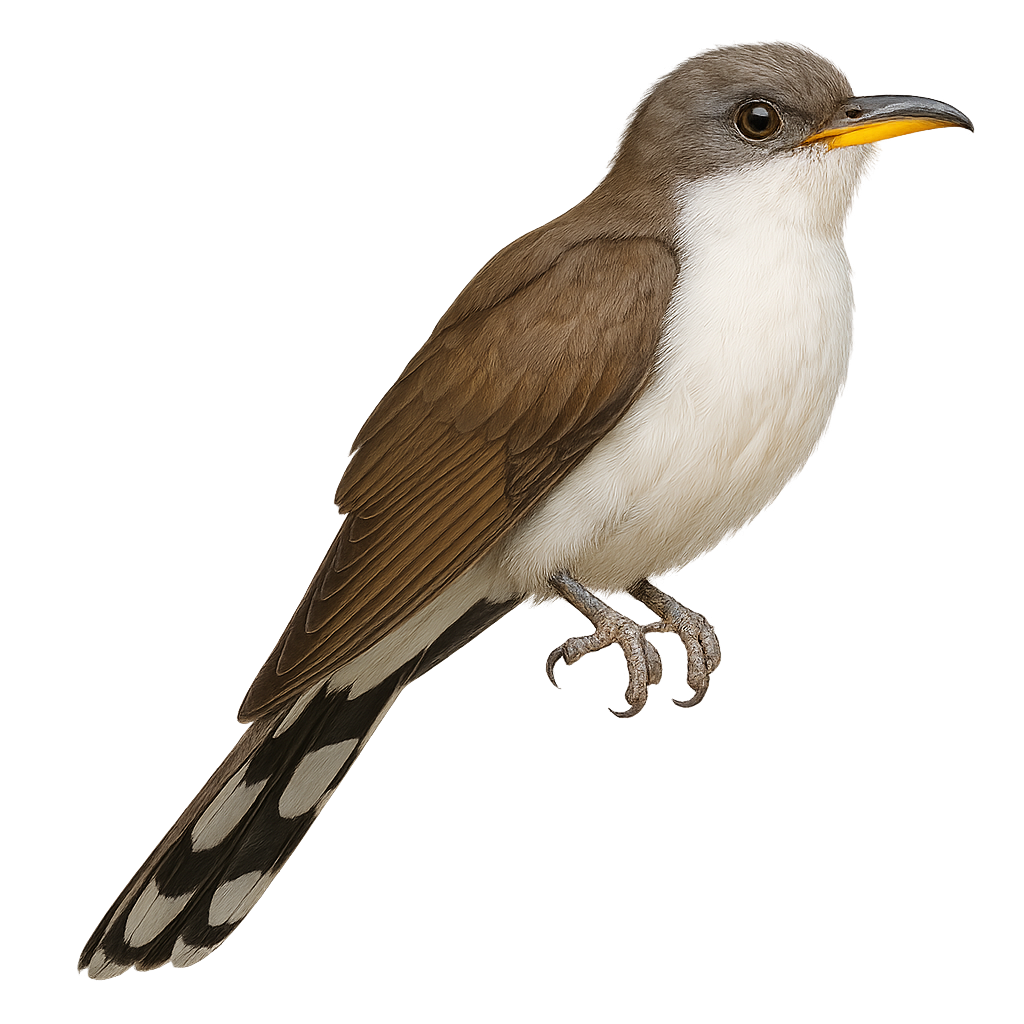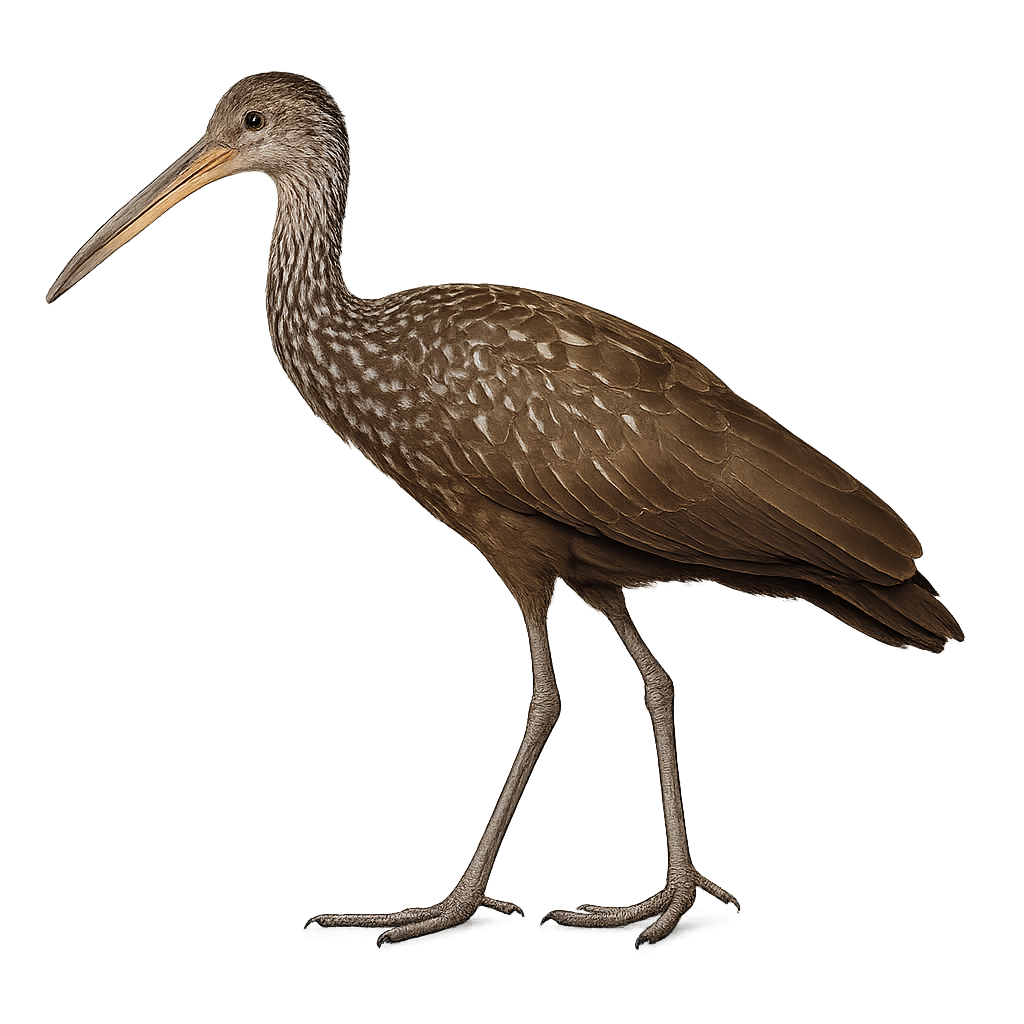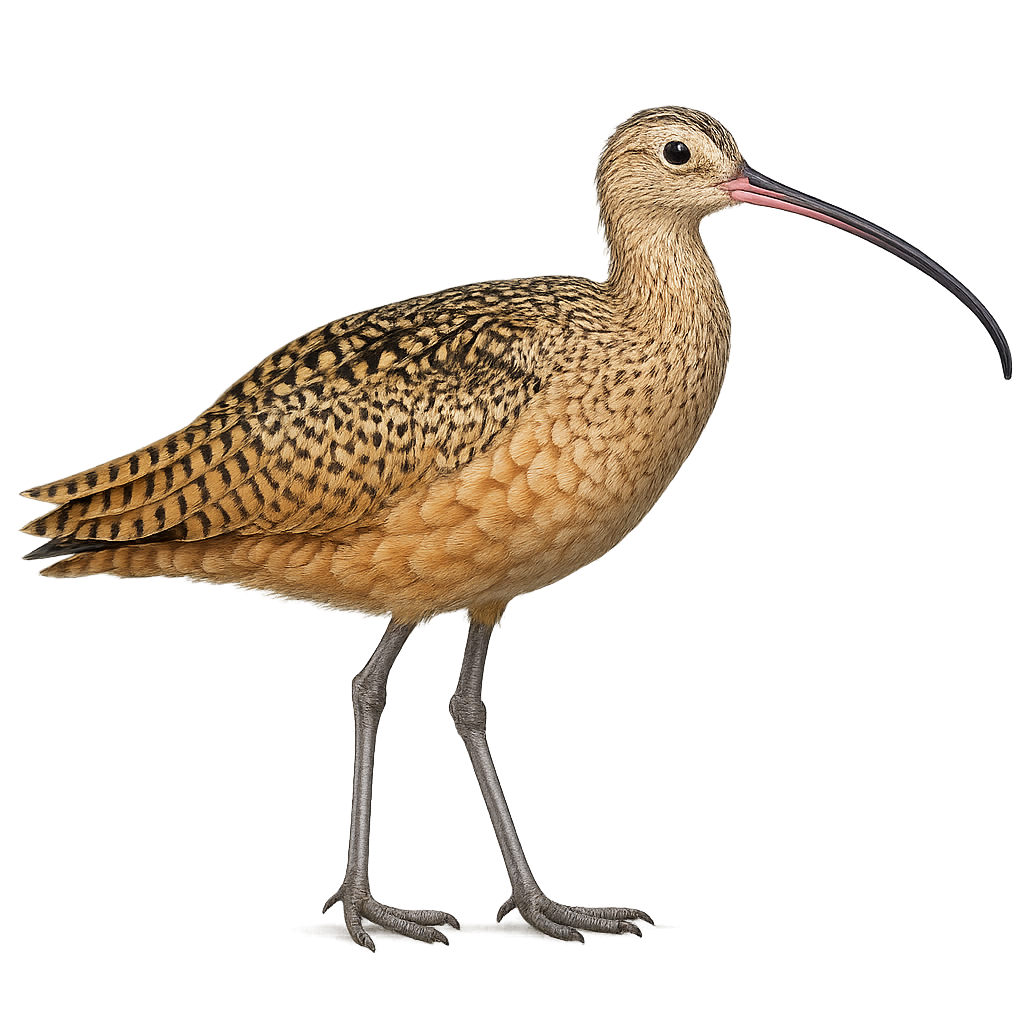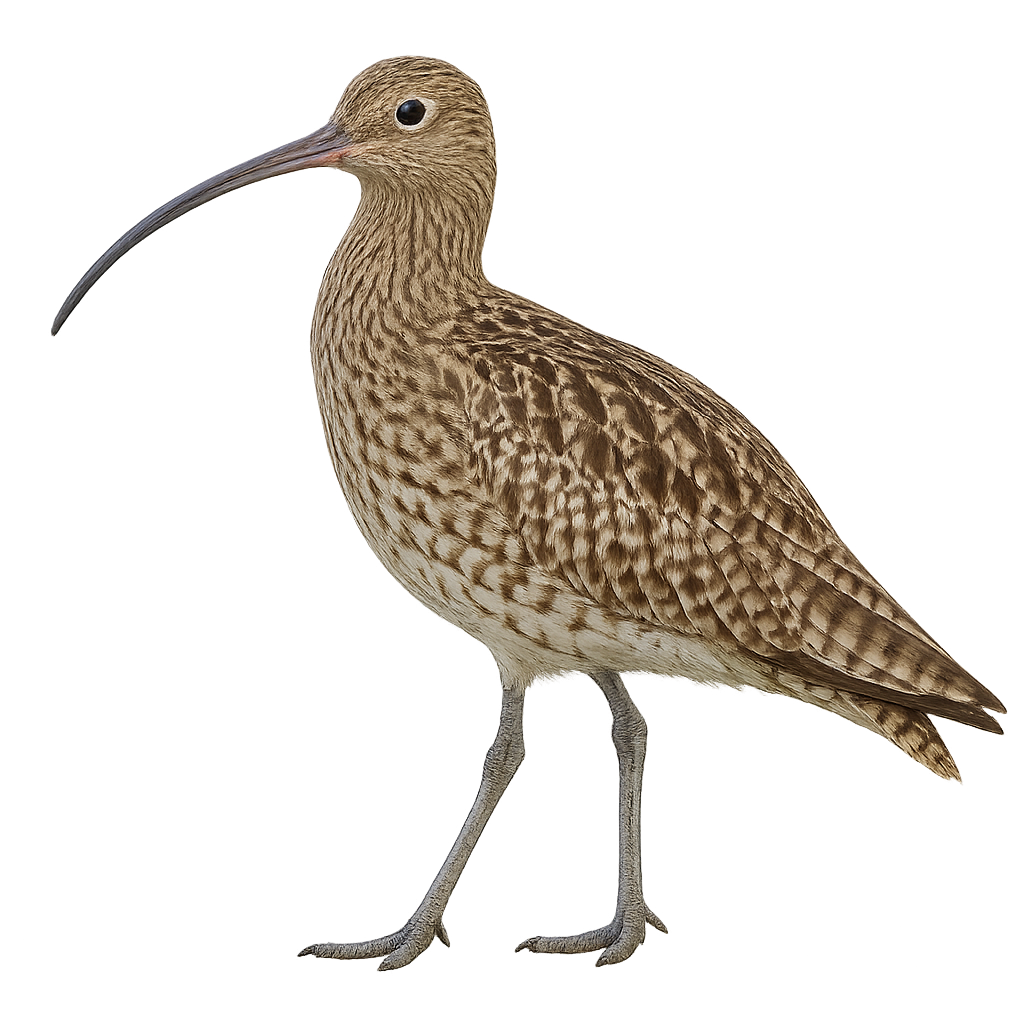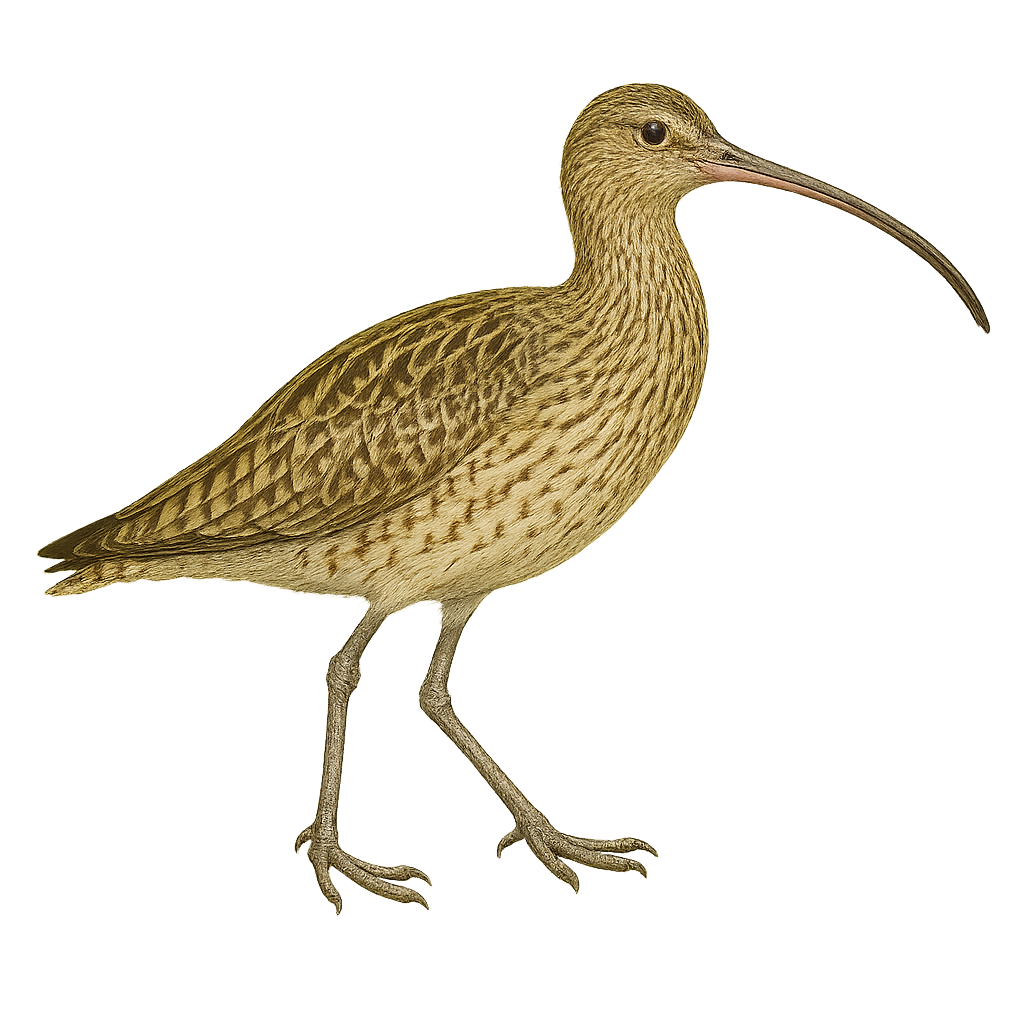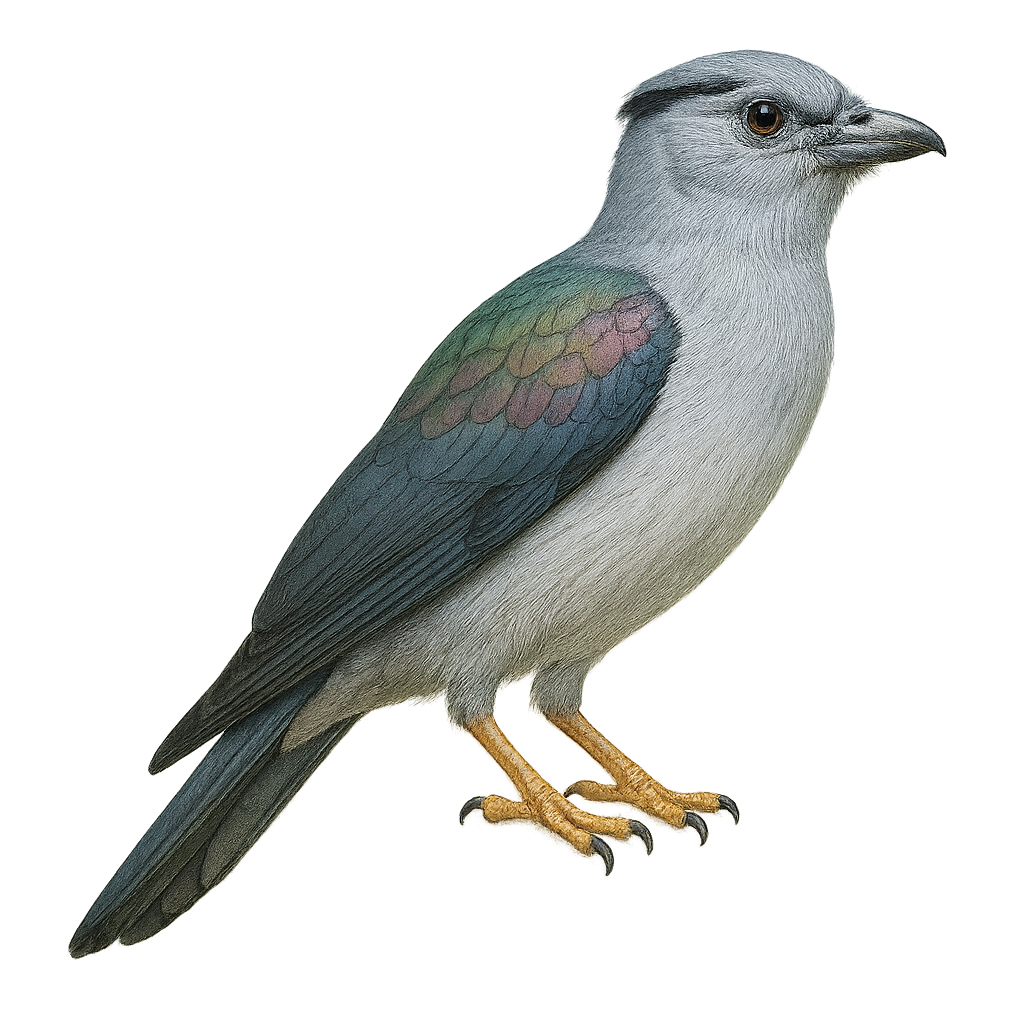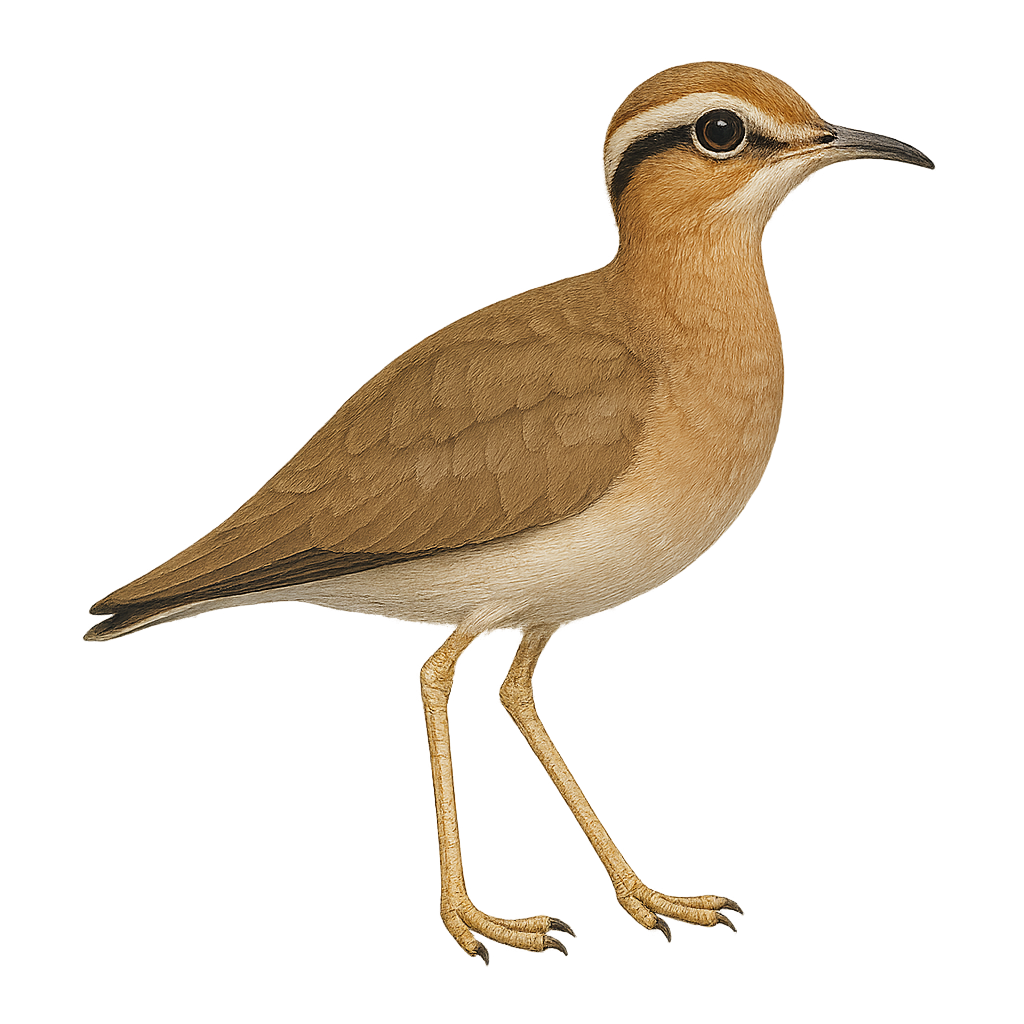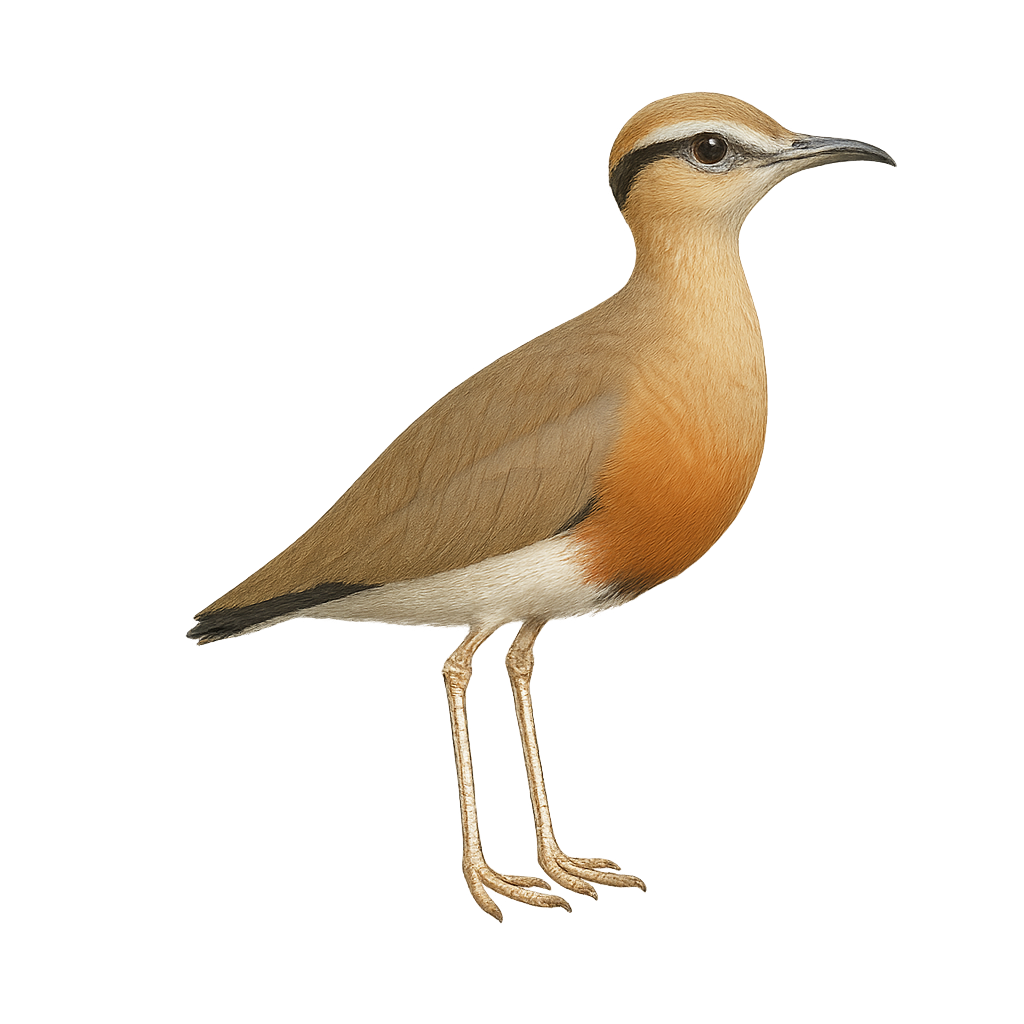The Cape Crow, or Corvus capensis, is a medium-sized bird known for its glossy black plumage and sturdy beak. It is primarily found in southern Africa, where it inhabits savannas, grasslands, and agricultural areas. This crow is noted for its intelligence and adaptability to various environments. It feeds mainly on insects, small vertebrates, and seeds. The Cape Crow is often seen in groups, which helps protect it from predators. Its voice is distinctive, with harsh and varied calls. Although generally wary of humans, it can become accustomed to their presence in undisturbed areas.
The hooded crow, Corvus cornix, is a medium-sized bird belonging to the corvid family. It is easily recognizable by its two-tone plumage, with a light gray body and black wings, head, and tail. Often seen in open landscapes, agricultural areas, and cities, it is an opportunistic feeder, consuming a wide range of foods from insects to small mammals and human waste. Highly intelligent, it is known for its problem-solving abilities. Social in nature, it often forms noisy groups. Although its call is harsh, it can mimic other sounds.
The carrion crow is a 44–51 cm corvid, all black with a stout bill and strong flight. It inhabits urban areas, farmland and open woodlands across Europe and Asia, feeding on insects, small vertebrates, seeds and carrion, and scavenging human refuse. An opportunistic omnivore, it uses tools and caches food. During the breeding season (March–May), pairs defend a territory, build a large branch nest and raise 3–5 young.
The Philippine Hanging Parrot, or Loriculus philippensis, is a small, vibrantly colored parrot endemic to the Philippines. Measuring about 14 cm in length, it is characterized by its bright green plumage, a red patch on the forehead, and a short tail. Males and females are similar, although males often have brighter colors. These birds primarily inhabit tropical rainforests but can also be found in plantations and gardens. They are known for their acrobatic behavior, often hanging upside down to feed on fruits, flowers, and nectar. Their song is a mix of whistles and chirps.
The Vernal Hanging Parrot, or Loriculus vernalis, is a small Asian parrot with vibrant green plumage and a distinctive blue head. This charming bird measures about 14 cm in length and is characterized by its short tail and rounded wings. It is primarily arboreal, inhabiting tropical rainforests, mangroves, and plantations. Its diet consists of fruits, flowers, and nectar. The Vernal Hanging Parrot is known for its ability to sleep upside down, hanging from a branch. Although relatively common within its range, it is often threatened by deforestation and capture for the pet trade.
The Collared Gnatwren is a small, elusive bird native to the humid tropical forests of South America. It is identifiable by its olive-brown plumage and distinctive white collar contrasting with its dark throat. Measuring about 12 cm in length, this bird is often seen skittering through dense underbrush in search of insects. It is particularly active at dusk and dawn, when it emits soft, melodious calls. Although not very shy, it remains difficult to spot due to its dense habitat and discreet nature. Its social behavior is mostly solitary, although it can sometimes be seen in small family groups.
The Southern Antpipit is a small, elusive bird found primarily in the humid forests of South America, particularly in Brazil and Argentina. Its plumage is mainly brown with lighter shades on the belly, allowing it to blend seamlessly into its surroundings. It is often seen foraging for insects on the forest floor, moving nimbly among the leaf litter. Although not very shy, it remains cautious around humans and prefers undisturbed areas. Its song is a gentle whistle, often heard at dawn and dusk.
The Coscoroba Swan is a medium-sized waterbird often mistaken for a swan due to its pure white plumage and graceful long neck. It is distinguished by its bright red bill and pinkish legs. Native to South America, it inhabits lakes, marshes, and lagoons, feeding mainly on aquatic plants, insects, and small crustaceans. Although sociable, it can be territorial during the breeding season. The Coscoroba Swan is an excellent swimmer, using its wings to propel itself on water. Its population is stable, but it remains vulnerable to environmental changes and habitat loss.
The Rüppell's Robin-Chat, or Cossypha semirufa, is a medium-sized bird, measuring about 19 cm in length. It is distinguished by its striking plumage, with a slate-grey head and back, vivid rufous belly, and orange tail. This bird is primarily insectivorous, feeding on various insects and spiders, but it can also consume berries. It is often found in open forests, wooded savannas, and gardens, where it is known for its melodious and varied song. The Rüppell's Robin-Chat is a territorial bird, often seen alone or in pairs, and is particularly active at dusk and dawn.
The Natal Robin is a medium-sized songbird known for its vibrant plumage and melodious song. It features a grey head and back, with a bright orange throat and belly. This bird is often seen in dense forests and shaded gardens of southern Africa. It is known for its curious nature and territorial behavior, often spotted hopping on the ground in search of insects and fruits. Although generally solitary, it can sometimes be seen in small family groups. Its ability to adapt to various habitats makes it a common resident within its range.
The Porphyrolaema porphyrolaema is a fascinating bird belonging to the Cotingidae family. It is distinguished by its glossy black plumage and striking purple throat, giving it a majestic appearance. This bird is primarily found in the humid tropical forests of South America, where it feeds mainly on fruits and insects. It is often seen in small groups, making it easier to spot. Although its behavior is generally suspicious, it can be tolerant of discreet observers. Its breeding period is still poorly understood, but protecting its habitat is essential for its survival.
The Barred Fruiteater, or Pipreola arcuata, is a captivating bird found in the humid forests of the Andes. It is distinguished by its bright green plumage and vivid yellow belly, contrasting with dark bars on its chest. This elusive bird is often hard to spot, blending into the dense foliage. It primarily feeds on fruits, playing a crucial role in seed dispersal in its habitat. Its presence is an indicator of the health of Andean forests. The Barred Fruiteater is a solitary bird but can sometimes be seen in small groups. Its call is a soft whistle, often heard before it is seen.
The Lovely Cotinga is a tropical bird notable for its vibrant plumage. The male displays a brilliant turquoise blue with a deep purple throat and chest, while the female has more subdued grayish-brown plumage with scaly patterns. This species inhabits lowland humid forests and woodland edges in Central America, from southern Mexico to Costa Rica. Primarily frugivorous, it plays a crucial role in seed dispersal. Although globally listed as "Least Concern," deforestation poses a threat to its natural habitats.
The Spangled Cotinga is a striking bird known for its vibrant plumage and elusive presence in the tropical forests of South America. Males display bright blue feathers with a purple throat, while females are more subdued with brownish tones. This bird is often seen perched high in the canopy, feeding primarily on fruits. Its song is infrequent but distinctive, aiding in its identification. The Spangled Cotinga plays a crucial role in seed dispersal, thus supporting forest regeneration. Although its habitat is threatened by deforestation, it is currently listed as of least concern by the IUCN.
The Green-and-black Fruiteater, or Pipreola riefferii, is a striking bird found in Andean montane forests from Venezuela to northern Bolivia. Males show vivid green upperparts, a bold black belly, and a bright yellow throat, while females are duller with streaked underparts. This secretive species often remains motionless in the canopy or dense undergrowth, feeding primarily on fruit. It prefers humid forests between 1,500 and 3,000 meters in elevation. Usually seen alone or in small groups, the species is considered stable but can be affected by forest fragmentation.
The Blue Coua is an endemic bird of Madagascar, belonging to the Cuculidae family. It is distinguished by its striking blue plumage and medium size, measuring about 48 to 50 cm in length. This bird is primarily arboreal, moving nimbly through the island's tropical rainforests. It feeds mainly on insects, fruits, and small invertebrates. The Blue Coua is known for its melodious song and varied calls, often heard at dawn and dusk. Although its habitat is threatened by deforestation, it is currently classified as "least concern" by the IUCN.
The Verreaux's Coua is an endemic bird of Madagascar, belonging to the Cuculidae family. It is characterized by its predominantly blue-grey plumage with lighter shades on the belly. This medium-sized bird measures about 40 cm in length. It is often found in the dry forests and shrublands of southern Madagascar. The Verreaux's Coua is a terrestrial bird that prefers walking or running to flying. It primarily feeds on insects, small invertebrates, and occasionally fruits. Although its conservation status is concerning due to habitat loss, it remains relatively unknown to the general public.
The Giant Coua, or Coua gigas, is a bird endemic to Madagascar, belonging to the Cuculidae family. It is recognizable by its blue-gray plumage and long tail. This terrestrial bird prefers dry forests and savannas, where it feeds mainly on insects, fruits, and small reptiles. The Giant Coua is diurnal, active mainly in the morning and late afternoon. Although capable of flight, it prefers to move by running. It is known for its melodious song and varied calls. The Giant Coua plays an important role in the ecosystem as an insect predator and seed disperser.
The Centropus superciliosus, or White-browed Coucal, is a bird from the Cuculidae family, widely distributed in sub-Saharan Africa. It is recognizable by its distinctive white eyebrows contrasting with its brown and black plumage. This bird prefers dense habitats such as wooded savannas, marshes, and riparian forests. It is primarily terrestrial, often moving on foot in search of prey like insects, small reptiles, and amphibians. The White-browed Coucal is known for its distinctive call, a deep, resonant "bouhou". Although relatively common, it remains discreet and difficult to observe due to its suspicious behavior.
The Bengal Coucal, or Centropus bengalensis, is a fascinating bird belonging to the Cuculidae family. It is primarily found in the humid and marshy regions of South and Southeast Asia. This bird is distinguished by its dark brown plumage and rufous wings, which contrast with its black head and tail. The coucal is a medium-sized bird, measuring about 40 to 50 cm in length. It is known for its discreet behavior and ability to move silently through dense undergrowth. The Bengal Coucal is an opportunistic predator, feeding on insects, small reptiles, and sometimes small mammals. Although it is mainly terrestrial, it can fly short distances.
The Common Cuckoo, Cuculus canorus, is a migratory bird known for its distinctive call and brood parasitism behavior. It measures about 32 to 34 cm in length with a wingspan of 55 to 60 cm. Its plumage is primarily gray with lighter shades on the belly. The Common Cuckoo is famous for laying its eggs in the nests of other birds, leaving the foster parents to raise its young. It inhabits various environments, including forests, grasslands, and wetlands. Widely distributed across Europe and Asia, it migrates to sub-Saharan Africa for the winter. Its call, a repeated "cuckoo," is often heard in spring.
The Yellow-billed Cuckoo is a medium-sized migratory bird, measuring about 30 cm in length. It is easily recognizable by its distinctive yellow bill and long brown wings. Its plumage is primarily gray-brown on the top and white underneath, with white spots on the tail. This bird is often heard before it is seen, thanks to its characteristic call. It primarily inhabits deciduous forests and wooded areas near water. A migratory species, it winters in South America. Its diet mainly consists of insects, especially caterpillars, but it also consumes fruits.
The Limpkin, or Aramus guarauna, is a medium-sized wading bird easily identified by its brown plumage speckled with white and its long, slightly curved bill. It primarily inhabits marshes, lake edges, and rivers in Central and South America. This bird is often seen foraging for snails, its main food source, which it skillfully extracts from their shells using its specialized bill. The Limpkin is a solitary bird but can be seen in small groups during the breeding season. Its piercing, mournful call is often heard at dawn and dusk, adding a mysterious ambiance to marshy landscapes.
The Long-billed Curlew is a striking bird known for its long, downward-curving bill, perfect for probing the ground for food. It is the largest shorebird in North America, measuring between 50 and 65 cm in length. Its plumage is primarily brown with lighter patterns on the belly. It frequents open grasslands and wetlands, feeding mainly on insects, crustaceans, and small invertebrates. During the breeding season, it migrates to the central and western U.S. grasslands. The Long-billed Curlew is a protected species due to habitat loss.
The Eurasian Curlew is a large wader, easily recognizable by its long, down-curved bill and gray-brown plumage with dark speckling. This wader has a slender silhouette, long legs, and broad wings. It measures about 50 to 60 cm in length, with a wingspan of 90 to 105 cm. During the breeding season, the Eurasian Curlew has brighter and more contrasting plumage, but it becomes more subdued during winter, with duller tones.
The Eurasian Curlew primarily feeds on earthworms, invertebrates, and small crustaceans, which it captures in marshy areas, wet meadows, or along riverbanks. It is mainly observed in coastal areas or estuaries, where it forages by probing the ground for food. Although it is migratory, the Eurasian Curlew breeds mainly in Europe and winters in North Africa and southern Europe. It is currently classified as vulnerable due to habitat loss and disturbances in its breeding areas.
The Whimbrel is a medium-sized wader, easily recognized by its long, finely curved bill and its brown-gray plumage with lighter speckling on the belly. It measures about 40 to 50 cm in length and has a wingspan of about 70 to 85 cm. Unlike the Eurasian Curlew, it is more subtle in its behavior and colors, making it a bird that is often less visible despite its size.
This wader primarily inhabits coastal areas, estuaries, and mudflats, where it primarily feeds on small invertebrates, worms, and mollusks, which it captures from sandy or muddy soils at low tide. During migration, the Whimbrel can travel long distances, moving from its breeding grounds in Northern Europe to the coasts of West Africa. While it is considered a species of concern in some areas, it is primarily threatened by habitat loss and human disturbance.
The Far Eastern Curlew, or Numenius madagascariensis, is a large wader with a brownish plumage and a distinctive long, downward-curved bill. This unique bill is perfect for probing mudflats for food, mainly invertebrates. It frequents coastal wetlands and estuaries, often seen in small flocks. As a migratory bird, it travels long distances between its breeding grounds in Siberia and its wintering areas in Australia and Southeast Asia. Unfortunately, this species is threatened by habitat loss, primarily due to urbanization and agriculture. Conservation efforts are crucial to ensure its long-term survival.
The Cuckoo Roller, or Leptosomus discolor, is a unique and fascinating bird endemic to Madagascar and the Comoros. It is the sole member of the Leptosomidae family. This bird features distinctive plumage, with males displaying bluish-grey hues and females showing brown and mottled patterns. The Cuckoo Roller is known for its graceful gliding flight and resonant calls. It primarily inhabits tropical rainforests but can also be found in drier wooded areas. Its diet mainly consists of insects, small reptiles, and occasionally fruits. Although relatively common in its natural habitat, deforestation poses a potential threat to its population.
The Burchell's Courser, scientifically known as Cursorius rufus, is an elegant terrestrial bird primarily found in the arid and semi-arid regions of southern Africa. Its plumage is dominated by shades of beige and brown, allowing it to blend seamlessly into its sandy environment. The wings feature distinctive black and white markings visible in flight. This bird is known for its long legs and slender bill, adapted to its ground-dwelling lifestyle. It primarily feeds on insects and other small invertebrates, which it captures by running swiftly on the ground. The Burchell's Courser is a diurnal bird, often seen alone or in small groups. Its ability to camouflage and discreet behavior make it sometimes difficult to spot.
The Temminck's Courser, or Cursorius temminckii, is an elegant ground-dwelling bird primarily found in the arid and semi-arid regions of sub-Saharan Africa. It is distinguished by its sandy-brown plumage, long legs, and slender bill, adapted to its terrestrial lifestyle. This bird is often seen running swiftly on the ground in search of insects, its main food source. The Temminck's Courser is a diurnal bird, active mainly during the day. It is known for its ability to blend into its surroundings, making it difficult to spot. Although generally solitary, it can be seen in small groups during the breeding season.


